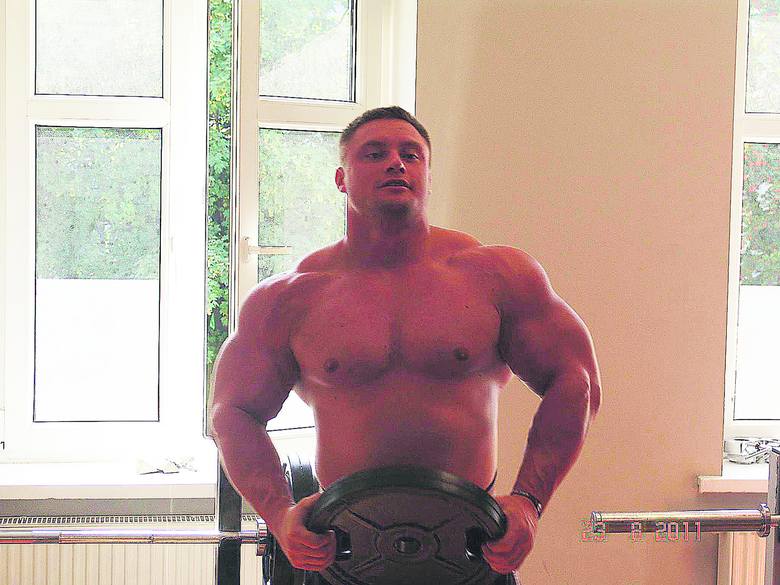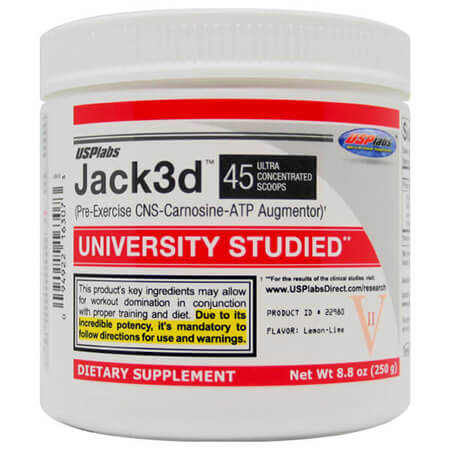First, a
rant. I will be discussing the strict
press, or press, today. Not the Overhead
press, or OHP. Why? Because OHP is not a lift: it is a
classification of lifts. Specifically,
lifting of weights over one’s head.
There is no one lift known as the OHP: ANY lift over one’s head is an
overhead press. Strict press, push
press, log, axle, etc etc: all overhead pressing. This is why, when internet nerds freak out at
a 400lb overhead press because “they used leg drive”, they show that they are
weak AND stupid. Pressing without leg
drive overhead (a strict press) has never been known in any traditional circles
as “the overhead press”, but was instead simply “the press” back in the era
when they lift was included in the Olympics.
Also on that topic, can people PLEASE stop lamenting about how pressing
overhead is no longer a competition lift: you folks ever watch a strongman
competition? And, of course, there’s
always Mark Rippetoe’s “Strengthlifting” federation…I feel so dirty…

"Strict" press...
I’ve started
wearing my glasses again, and had to push them WAY up my nose for that
rant. Anyway, more to the point of
today: an argument in opposition of the push press. It’s should be of no surprise that I, a
self-admitted oaf, oppose anything that requires coordination and skill in
support of the more basic and brutal variation, even if the end result is less
weight moved. But it’s worth analyzing
the cons inherent in the focus on the push press. As noted, more weight gets moved in the push
press, which tends to make it a preferred lift for MANY trainees compared to a
strict press. Ego is very much a thing,
and for many trainees, when they set up for a working set of strict presses,
they load an empty bar with some nickles and dimes rather than the big plates,
whereas once the push pressing starts, some of the heavier weight can start
getting added to the bar.
And hey,
speaking of ego, there’s a weird new form of ego out there where lifters take
pride in NOT building muscle? Doubt
me? Think of how many trainees are in a
race to talk about how they don’t do any curls.
Or how they don’t care about building “mirror muscles”, and they just
want a strong posterior chain. The
ironic to the point of critical mass focus on the glutes while doing everything
possible to NOT build the pecs. We’ve
bred a generation of counter cultural lifters that are trying their hardest to
NOT look like they lift, so they can prove how hardcore they are about
lifting? What the hell? And why do I bring this up? Because to develop a strong strict press, you
NEED to develop all those horrible “mirror muscles”.

The goal of the current generation
Doubt me
again? Think about it for a second: the
lamentation about the “slow rate of improvement” in the strict press is due to
the “small muscles” involved. The
primary movers are going to be the delts and triceps, with the back and rear
delts providing the counter balance.
Before you science nerds go any further, I got a C in biology, my
undergrad and masters are in POLITICAL science, and I’m sure you’re much
smarter than me. Back on topic, yeah,
those muscles ARE small…if you let them be.
BUT, what if you make them bigger?
You suddenly have a VERY impressive physique. A dude with big shoulders, big triceps, a big
back and big rear delts is JACKED. Think
of every strong presser you’ve seen and think about how impressive their upper
body was. Kaz was inhuman, Big Z and
Eddie Hall were basically strict pressers, Radzikowski, etc etc. Also interesting to observe is the change in
physiques with weightlifters in the era when press was a competition lift
compared to the current generation.


I'm certain my blog just attracted a whole new demographic with these photos
The push
press though? Don’t get me wrong; it’s a
good idea to develop those same muscles to make sure you can achieve a stable
lockout, but most trainees tend to overemphasize the muscles involved in the
leg drive rather than the actual pressing/locking muscles. Some take it steps further, and focus so much
on the execution of the lift that they effectively turn the push press into a
jerk, driving with the legs, then diving under the bar to lockout again (the “double
dip”), effectively removing the upper body pressing muscles from the
equation. Once again, much weight moved
overhead…but how much strength are we building here? Did we, instead, develop power? Certainly an admirable physical quality, but
also a DIFFERENT one, and one must be aware of this in their training.
So why do I
argue against training the push press in favor of developing the strict
press? Aside from the benefits inherent
to the physique, when you take the time to make those “small muscles” bigger,
you’ll also find that strength in the strict press is more reliable than
strength in the push press. The example
I love to provide stems from my 5th strongman competition, wherein
our first event of the day was a squat for reps, followed by a press
medley. Athletes found themselves
floundering on lifts they had crushed in training on the plus, as now their
legs were fatigued, and their ability to drive the weight was compromised. When they tapped into the well of shoulder
strength to find a way to get the implement overhead, they came up empty. All that time spent emphasizing their ability
to move as much weight as possible overhead came at the detriment of their
ACTUAL ability to get weight overhead, as they developed legs and power, but no
for real pressing strength. I ended up
taking first for the first time ever in a press event, because these were
weights I could still strict press.
Alternative Matt Groening punchline: "Strict pressing: that's where I'm a viking!"
The unreliableness
of push pressing doesn’t just extend to fatigue legs, but to implement as
well. The master of a weightlifting bar
can move a tremendous amount of weight overhead by relying on bar whip and
precision timing, along with keeping the bar as close to the body as possible,
to generate as much possible vertical force as they are able. However, with the axle, the implement is
stiff, there is no whip, and the bar is further out in front. With the log, the implement is even further
away, the hand spacing is wrong, and again, there is no flex. A sandbag?
Forget about it. But actual raw pressing
strength? It’s a universal; you’ve made
those small muscles big and, in turn, developed an ability to manipulate any
mass in any shape over your head.
And perhaps
this is all very obvious to you, but from my observation, it seems many miss
this point. “I’ve been stalling on
strict pressing: does push press have any carryover?” “I just started push
pressing, and I’m FINALLY seeing progress moving weight overhead” “I don’t spend time working on my strict
press, because it’s just weight overhead that matters”, I’ve seen it all, and
thus I argue against the push press in favor of the strict. Take a page from some bodybuilders and build
a big set of shoulders, triceps, traps and back. Take some weight off the bar, swallow your
pride, and grind some weight overhead.
Let your back bend some, do some “dangerous” behind the neck pressing if
you can, do a ton of raises, pull aparts, etc etc. Up the volume and up the food. Build a big, strong STRICT press, and I’ll
bet your push press will get better too.





